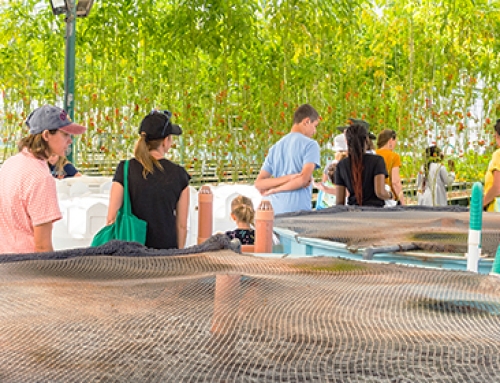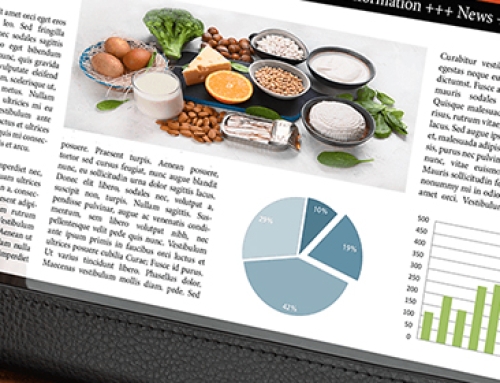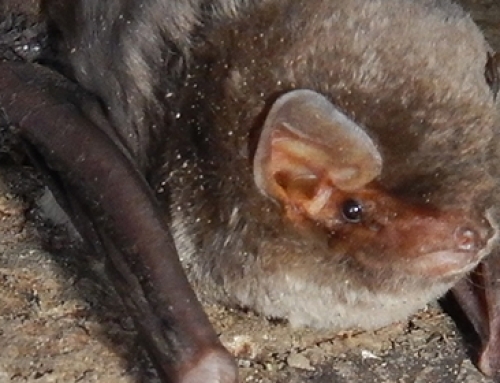The Italian National and OIE Reference Centre for Salmonellosis of the Istituto Zooprofilattico Sperimentale delle Venezie (IZSVe) has identified a strain of Salmonella attributable to a previously undescribed serovar. The new entry, originating in Nigeria, has been named Salmonella Abeokuta.
At the time of identification, the Salmonella strain did not correspond to any of the over 2,600 previously recognised serovars listed in the Kauffmann-White-Le Minor scheme, used to assign names to strains of Salmonella. The serotype was isolated from a sample of poultry feed in Abeokuta, capital of the state of Ogun, in south-western Nigeria. The strain was referred to the European Union Reference Laboratory (EURL) for Salmonella in Bilthoven (the Netherlands) and subsequently to the Pasteur Institute in Paris for further investigation. Confirmation was received a few weeks ago: the strain does in fact belong to a new, as yet unlisted serovar.
The history of this discovery started eight years ago when the IZSVe hosted a Nigerian colleague for training purposes. Dr. Idowu Oluwabunmi Fagbamila, employed at the National Veterinary Research Institute of Vom (Nigeria), provided strains of Salmonella from said area for typing. Besides Dr. Fagbamila, credit for the discovery also goes to Claudio Minorello, a laboratory technician who, until his recent retirement, devoted much of his later work to serotyping Salmonella at the Reference Centre.
Abeokuta has not been isolated in other countries outside of Nigeria and so far does not seem to give cause for concern for animal and human health. Monitoring and control activities conducted by the National Reference Centre are designed to determine the effect this and any other strains of Salmonella could have on health.
The current Kauffmann-White-Le Minor classification system is based on antigenic determinants of various Salmonella serovars and is the product of over 80 years of research into interactions between antibodies and the bacteria’s surface antigens. The scheme contains the antigenic formulae of all known Salmonella serovars. The programme is maintained and updated by the WHO Collaborating Centre for Reference and Research on Salmonella at the Pasteur Institute in Paris. When first published in 1934, the scheme contained only 44 serovars but, according to the last update in 2010, this number has since risen to 2,659.







